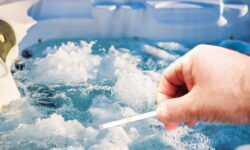You’re relaxing in your hot tub when you notice the pH level is off. Don’t panic! It’s a common issue and we’re here to help.
High pH in a hot tub can be caused by several factors including overuse of pH increasers, high total alkalinity, or high levels of calcium hardness. Thus, it’s important to regularly check and properly balance these levels to maintain a healthy pH in a hot tub.
We’ll guide you through all potential causes and solutions, ensuring your hot tub stays in great condition. So, let’s dive into understanding these common causes of high pH in your hot tub.
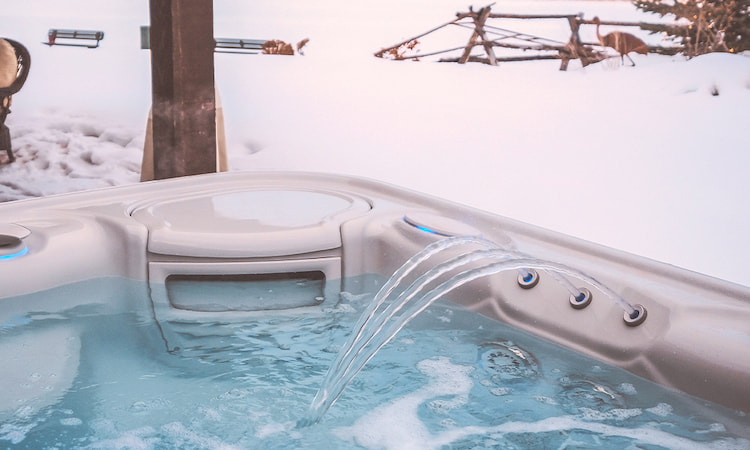
Quick Navigation
Importance of Understanding the Causes of High pH in Your Hot Tub
Knowing the causes of high pH in a hot tub is important for maintaining the health and longevity of both the hot tub and its users.
High pH levels can lead to scaling, cloudy water, and inefficient sanitization, damaging the hot tub’s equipment over time. It can also cause skin irritation and eye discomfort to users.
Therefore, here are 8 common causes you need to know for proper intervention and prevention.
1. Overuse of Spa Chemicals
You’re likely to encounter a high pH in your hot tub if you’re using too many spa chemicals.
Excessive chemicals disrupt the water’s natural balance, leading to high alkalinity. High pH levels can cause scale build-up on your tub’s components, reducing their efficiency and lifespan. You’ll notice your water has a cloudy appearance, and your skin might feel dry or irritated after soaking.
To prevent this, it’s essential to understand the correct dosage of chemicals to use. Don’t just toss in more chemicals if the water looks a bit off. Instead, test the water regularly with a reliable pH testing kit.
If the pH is high, reduce the amount of chemicals you’re using and consider a proper water treatment. Remember, maintaining the right chemical balance is key to a healthy, enjoyable hot tub experience.
Related Read: Does Baking Soda Raise pH in Hot Tub?
2. High Alkalinity
In dealing with your hot tub, high alkalinity is another factor you should watch out for, and it’s often tied to high pH levels.
Alkalinity acts as a buffer, keeping the pH stable. However, too much of it can prevent pH from adjusting, leading to issues like cloudy water and scale formation.
Now, let’s understand the four common causes of high alkalinity:
- Overuse of Alkalinity Increasers: Overdoing it with these products can spike your alkalinity levels.
- Excessive Bicarbonates: High bicarbonate levels in your water source can elevate alkalinity.
- Incorrect Chemical Balance: If other chemicals in the water are not balanced, it can cause high alkalinity.
- Inadequate Circulation: Poor water turnover can lead to pockets of high alkalinity.
3. Using Tap Water
While you’re filling up your hot tub, using tap water might seem convenient, but it can often lead to high pH levels.
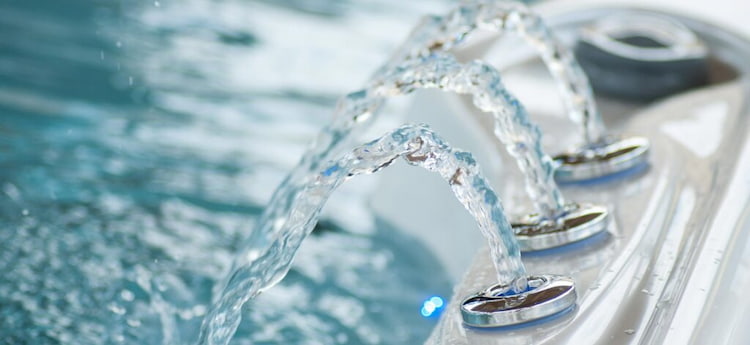
Tap water’s alkalinity, hardness, and mineral content can vary greatly, potentially causing a pH imbalance. If your local water supply is ‘hard’, it’s packed with minerals like calcium and magnesium. These elements can increase your tub’s pH level, leading to issues like cloudy water and scale buildup.
To avoid this, you should consider using a pre-filter when filling your tub. This handy device attaches to your hose and filters out unwanted minerals.
Additionally, regular testing and adjusting of your hot tub’s pH level will help maintain a healthy, balanced water chemistry.
4. Infrequent Water Changes
Not changing your hot tub’s water frequently can lead to a high pH level, and this is due to the buildup of organic matter and contaminants over time.
Such buildup not only clouds the water but also reacts with the chemicals, causing an imbalance in the water chemistry.
To avoid this, consider the following:
- Regularly test the water’s pH level. Ideally, this should be done weekly.
- Change the water every three to four months.
- Clean the hot tub and filter system during water changes to remove any lingering contaminants.
- Use a pH reducer if necessary, but remember, prevention is always better than cure.
5. Lack of Regular Maintenance
Even though you might think it’s a hassle, if you’re neglecting regular maintenance of your hot tub, you’re likely contributing to a high pH level. Why? Because regular maintenance isn’t just about cleanliness, it’s also about keeping water chemistry balanced.
When you neglect your hot tub, substances like body oils and lotions can build up and alter the water’s pH. This often results in a high pH, leading to issues such as cloudy water and scale formation.
Additionally, your tub’s sanitizer becomes less effective at a higher pH, which can increase the risk of bacterial growth.
6. High Calcium Hardness
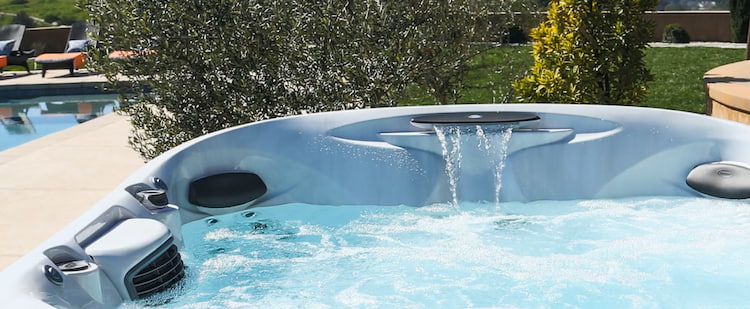
You might be surprised to learn that high calcium hardness in your hot tub water can lead to a high pH level.
This is because calcium, a natural mineral, reacts with water to form calcium hydroxide, which increases the pH. If your water’s calcium level is too high, it often means your hot tub’s pH will also be high.
Here are four effects of high calcium hardness in your hot tub:
- It can cause scale formation on your hot tub’s surface and equipment.
- It might lead to cloudy water, reducing the clarity and appeal.
- It can cause the water to become corrosive, damaging your hot tub’s components.
- It can interfere with the effectiveness of your sanitizers, leading to unsanitary conditions.
7. Using Non-Approved Cleaners
While it’s tempting to use any cleaner you’ve got on hand, if it’s not specifically approved for hot tub use, it could cause a spike in your tub’s pH levels.
Non-approved cleaners often contain harsh chemicals that can upset the delicate balance of your hot tub’s water chemistry. They may leave behind residues that interact negatively with the water, leading to a high pH.
This not only creates an uncomfortable bathing experience but also reduces the effectiveness of sanitizers, making your tub more prone to bacteria growth.
Always choose cleaners specifically designed for hot tubs. They’re formulated to work with your tub’s chemistry, maintaining a balanced pH.
8. High Temperature
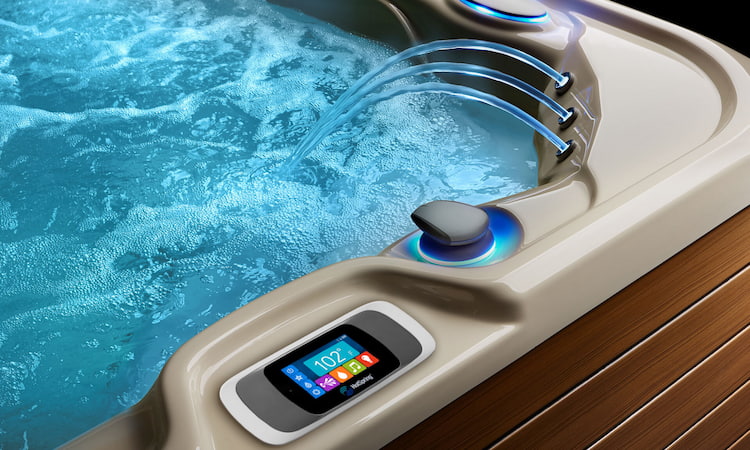
Though it’s often more enjoyable to soak in a hot tub at higher temperatures, that extra heat can actually be a common cause of high pH levels.
Here’s why: heat speeds up chemical reactions, so substances in your tub dissolve faster at higher temperatures, which could raise pH levels.
Here are four things you should keep in mind:
- Always check your hot tub’s pH levels regularly, especially if you prefer high temperatures.
- If the pH is above 7.8, it’s too high. You’ll need a pH reducer to bring it back to a safe range.
- High pH can lead to calcium buildup, which can damage your tub’s equipment.
- High temperatures can also increase evaporation, which can further concentrate minerals and increase pH.
Frequently Asked Questions
You’re risking skin irritation, eye issues, and bacterial growth when dealing with high pH levels in your hot tub. It’s crucial to keep pH balanced for a safe and comfortable soak.
You can easily test your hot tub’s pH level at home using a water testing kit. It’s as simple as dipping a test strip in the water, and then comparing the color change to the provided chart.
No, it’s not safe to use a hot tub with high pH levels. This can lead to skin irritation and eye discomfort. It’s crucial for you to maintain a balanced pH for your comfort and health.
Yes, high pH levels can damage your hot tub system. They can cause scaling on the equipment and the tub surface, reducing efficiency and lifespan. It’s crucial to maintain balanced water chemistry for your hot tub’s health.
Yes, there are natural remedies to lower your hot tub’s PH level. One option is using distilled white vinegar. It’s acidic, which can help balance out high pH. Just be sure to test the water frequently.
Conclusion
In maintaining your hot tub, be mindful of overusing spa chemicals, as they can unnaturally boost pH levels. High alkalinity, calcium hardness, and using tap water can also cause pH spikes.
Remember, infrequent water changes and irregular maintenance contribute too. Avoid using non-approved cleaners, and monitor high temperatures. A balanced approach is key to avoiding high pH in your hot tub, ensuring hours of relaxing, trouble-free soaking.



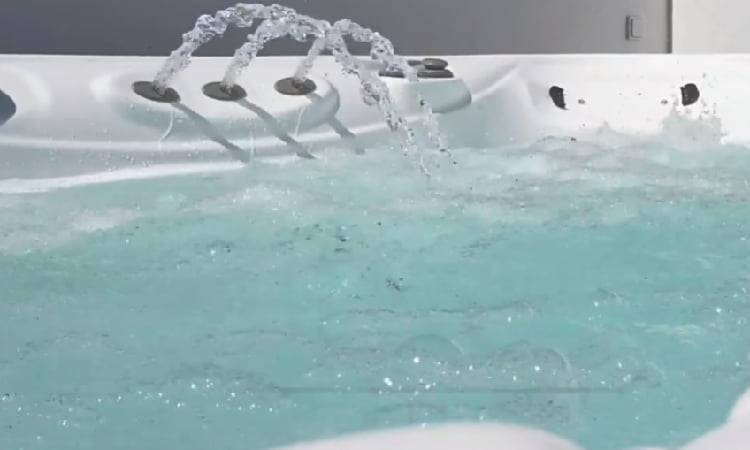
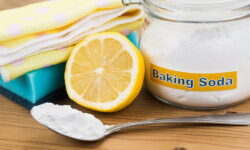
![What is a Stabilizer in a Hot Tub? [Types of Stabilizers] what is a stabilizer in hot tubs and how does it work](https://hottubtales.com/wp-content/uploads/2023/10/what-is-a-stabilizer-in-hot-tubs-and-how-does-it-work-250x150.jpg)
